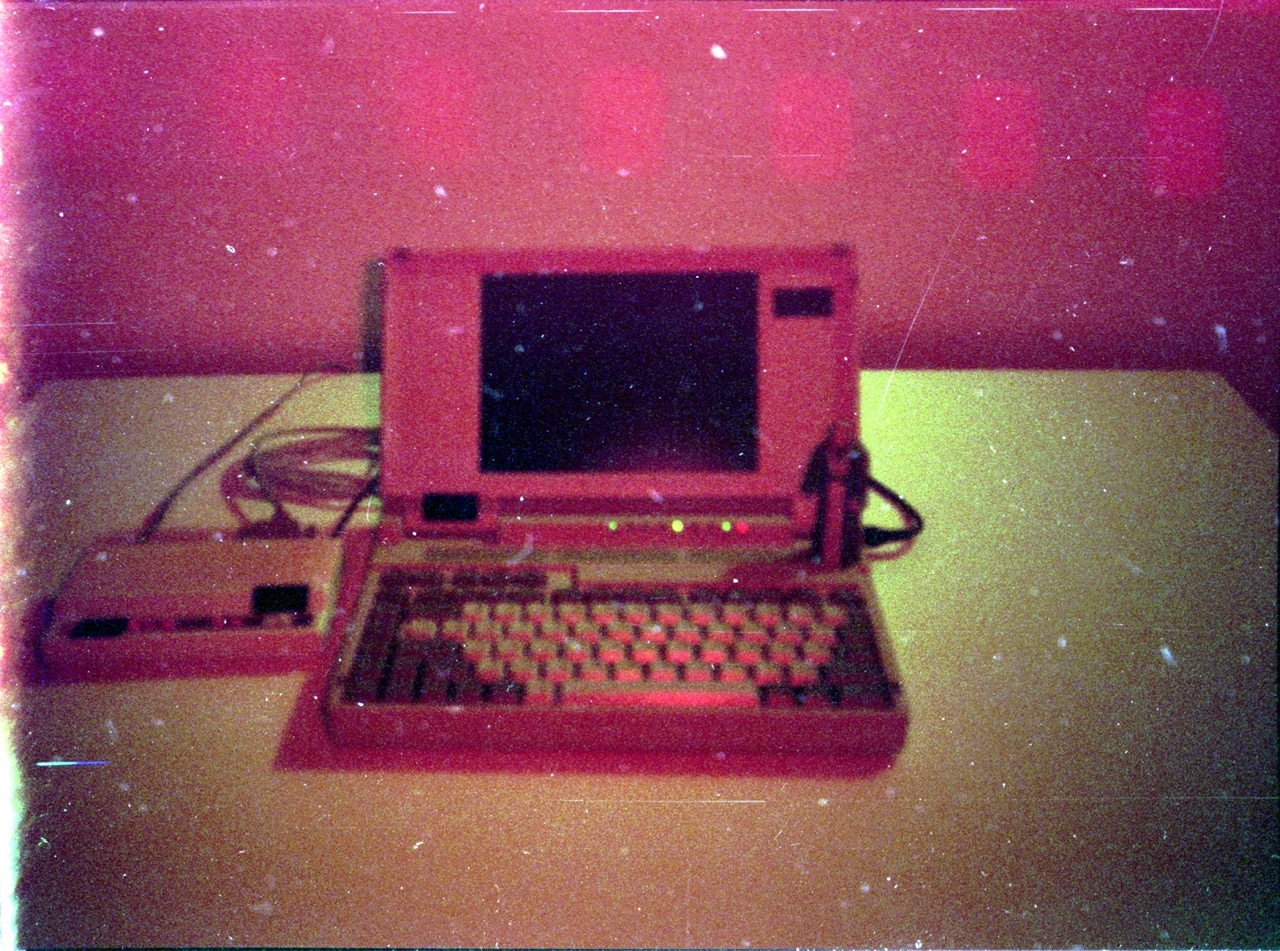In the dying days of the Zip drive, IOMEGA made one… that hooks up to your TV. Was this a good idea? Or a poorly-executed and frustrating act of desperation? Tune in to find out!
I forgot how zip drives worked… weren’t they basically proprietary shaped cassette tapes with magnetic tape? Or were they solid state? I iust remember those big blue “disks” and wishing I had a zip drive.
I could definitely see them used the same as Beta or VHS for storing video and playing it back on a TV, just by the shape and style of the actual “disks.”
They were basically hard drives where the read and write heads were in the drive itself and the platter was in the zip disc. When it was released it offered 100MB vs the 1.44 you could fit on a similarly sized (but much cheaper) floppy. USB hadn’t even been invented yet, let alone USB thumb drives or SD cards, so it was kinda the only semi-convenient, semi-cheap way to move semi-large amounts of media around. I was a graphic artist when they came out and it was a huge improvement to be able to send a zip disk or two to a printer to print proofs.
No tape, it was essentially just a high density/capacity floppy drive. Unfortunately for iomega it wasn’t high density enough to compete with CD-R as the price of burners and media dropped.
Zip and Jazz drives had some serious data stability issues that would have sunk them anyway. I used them for school work and needed to have duplicates because it was a question of when the disk would fail, not if.
Same with normal floppy disks. Their reliability was abysmal, as was their longevity.



